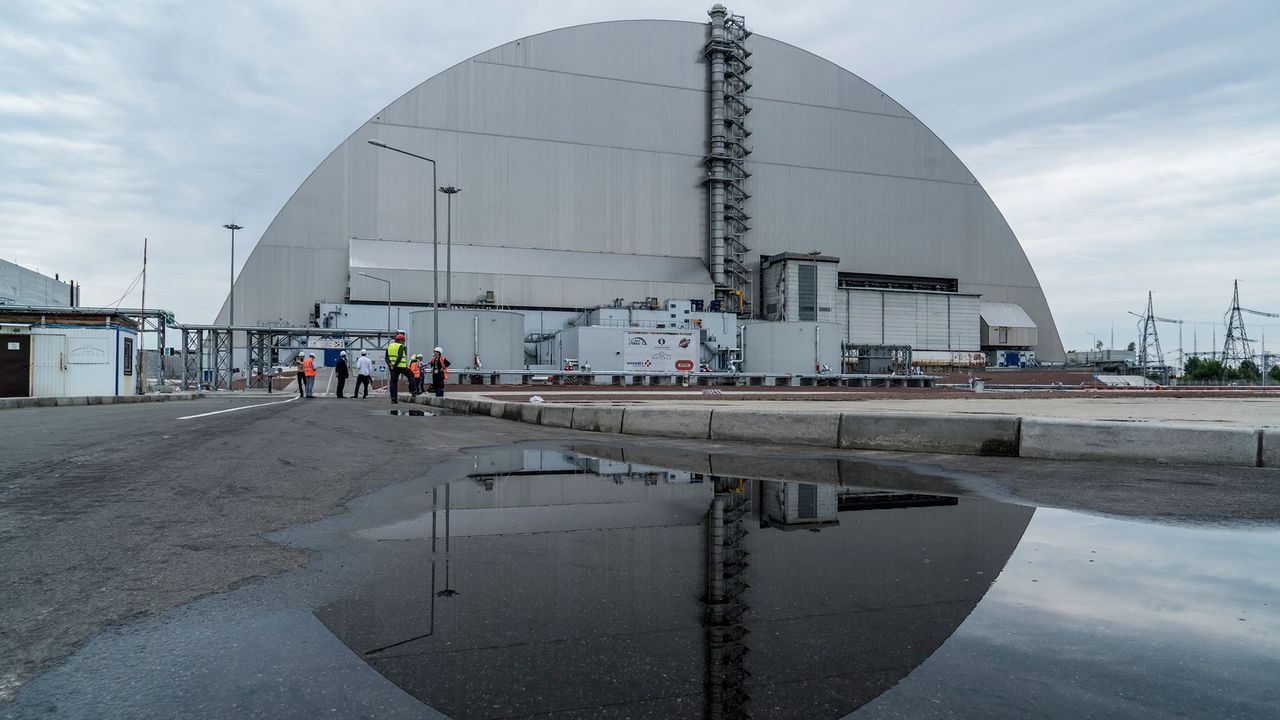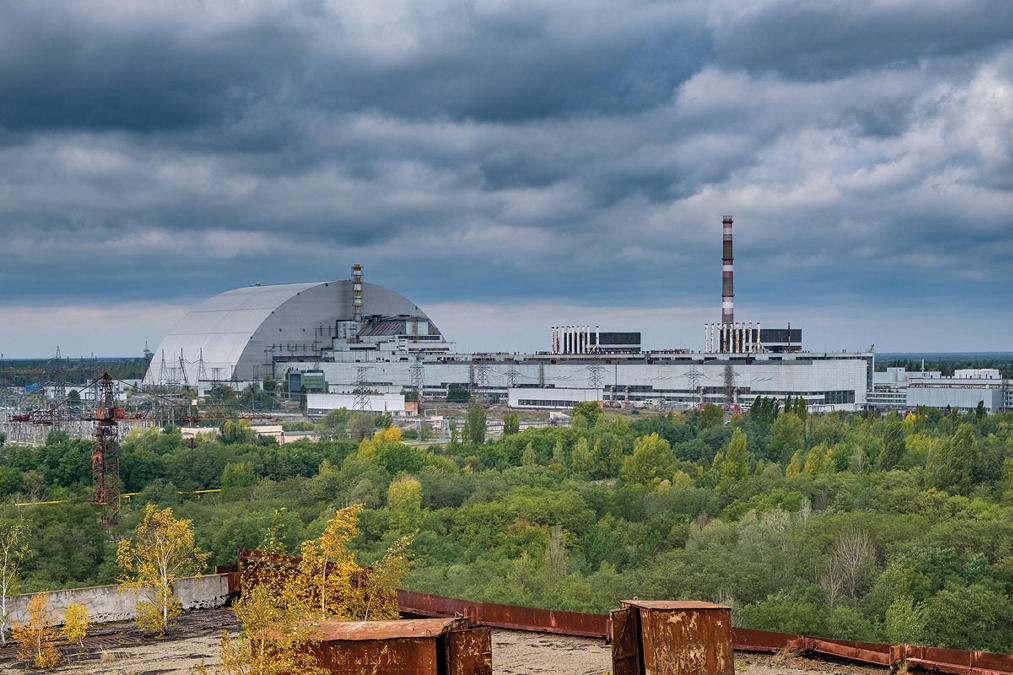
Chernobyl, the site of the catastrophic nuclear disaster in 1986, remains a focal point of interest and concern decades later. The town itself and the nearby nuclear power plant have undergone significant changes since the accident, but challenges persist. This blog explores the current status of both the town of Chernobyl and the power plant.
The Town of Chernobyl
Chernobyl was once a bustling town with a population of around 50,000. Today, it remains largely uninhabited, with only a small number of workers and researchers living there. The area is part of the Chernobyl Exclusion Zone, which spans approximately 30 kilometres around the reactor site.
- Population: The town doesn’t allow to visit, with only a few hundred residents. It is primarily consisting of workers in the ongoing cleanup and monitoring efforts.
- Environmental Recovery: Nature has begun to reclaim the area, with wildlife returning in significant numbers. Species such as wolves, moose, and various birds have been spotted, indicating a gradual ecological recovery despite the lingering radiation.
- Tourism: In recent years, Chernobyl has become a site for tourism. It attracts visitors interested in the history of the disaster and its aftermath. Guided tours are allowing people to explore this town and learn about the events of 1986.
The Chernobyl Nuclear Power Plant
The Chernobyl Nuclear Power Plant, which housed the infamous Reactor No. 4, has seen extensive efforts to secure and contain the site since the disaster.

- New Safe Confinement: In 2016, a massive steel structure – New Safe Confinement (NSC) was placed over Reactor No.4. This structure contains the remaining radioactive materials and prevents further release into the environment. It has a lifespan of at least 100 years, providing a temporary solution to the ongoing risks posed by the reactor.
- Decommissioning Efforts: The decommissioning of the remaining reactors at the site is ongoing. This process involves the removal and disposal of nuclear fuel and waste, as well as decontamination of the plant and surrounding areas. The decommissioning takes several decades and is conducted under the supervision of the Ukrainian government, with assistance from international organizations.
- Radiation Monitoring: Continuous monitoring of radiation levels ensures safety for workers and the surrounding environment. The site has been stable, but challenges remain in managing the radioactive waste and ensuring long-term safety.

Future Prospects
The future of Chernobyl, both the town and the power plant, is tied to ongoing efforts in environmental recovery and nuclear safety.
- Long-Term Plans: The establishment of the International Chernobyl Co-Operation Account aims to create an integrated plan for the site, focusing on long-term projects to ensure safety and environmental protection.
- Continued Research: Ongoing research and monitoring will be crucial in understanding the long-term effects of radiation and ensuring the safety of the Exclusion Zone. This includes studying the health impacts on the small population of workers and the ecological recovery of the area.
- Potential for Resettlement: While the current status of Chernobyl remains largely unchanged in terms of population, discussions about the potential for resettlement in the future are ongoing. However, this would require significant improvements in safety and environmental conditions.

Conclusion
Chernobyl remains a complex site, marked by its tragic history and ongoing recovery efforts. While the town is largely abandoned, nature is slowly reclaiming the area, and the power plant is under careful management to prevent further risks. The future of Chernobyl will depend on continued international cooperation, effective decommissioning strategies, and ongoing research into the long-term impacts of the disaster.
Read more on Lifetips.blog














